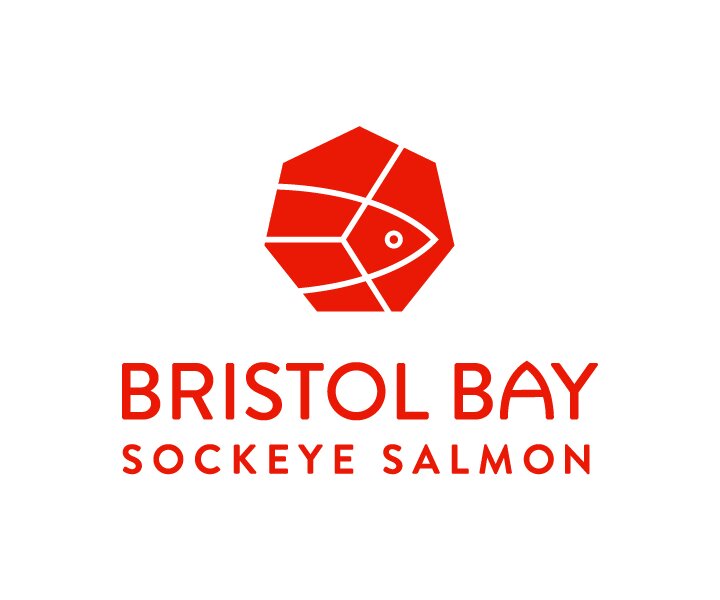Port Moller Test Fishery experiments with new onboard genetic testing
/from KDLG.com… listen to the radio segment HERE.
This season, the Port Moller Test Fishery has a new genetic testing lab on board the R/V Ocean Cat. Researchers say the lab is the first of its kind.
Image Credit: BBSRI.
Located up to 200 miles southwest of Bristol Bay’s fishery, the Port Moller Test Fishery has tested fish for over a decade.
Two research vessels combine to fish up to 26 stations that span the entrance of Bristol Bay. The goal is to help fishermen, processors and managers assess the size and timing of the run.
To find out where the fish are going, Port Moller’s scientists have taken fish samples to genetically test fish for years. But this is the first time the research program will conduct genetic tests on fish samples on board its research vessel, in the open water.
Michael Link, the test fishery manager, says this kind of lab has never been done before.
“During the feasibility study the Fish and Game lab folks called all over the world to find anybody who has done this,” Link said.
In past years, it took multiple days to transport fish from the offshore stations to a lab in Anchorage, where the Alaska Department of Fish and Game conducts genetic testing. Then, it often took a few more days to receive the results.
Link said the lab serves two purposes:
“Speed up result release if it works, and then maybe we can do the whole thing a little less expensively, or we can in-fill with additional sample runs while we’re out there because one of our vessels spends 30 hours or more, 40% of its time getting its samples to shore,” he explained.
Most of the research vessels are anywhere from six to 12 hours away from Port Moller’s base on the Alaska Peninsula. But Link notes testing will be quicker now.
“We can get at running the samples a lot quicker," said Link. "We aren't dependent on weather to fly them all the way out to Anchorage.”
The new onboard genetic lab is staffed by a Fish and Game geneticist who cuts and processes the fish.
Link said last-minute funding came together in March.
“It’s a big effort from a lot of parties. There are three major funders and then there is AD&FG doing all of the genetics work,” he said.
The test fishery first started in 1967. The state funded and operated it until 1986. In 1988, processors started to foot the bill and the University of Washington took over operations.
Since 2002, Port Moller has been operated by the Bristol Bay Science Research Institute. Funding for the test fishery – and the new lab – comes from BBSRI, the Bristol Bay Regional Seafood and Development Association, and the Alaska Department of Fish and Game, along with 12 processors.
A lot of work went into ensuring the lab was fit for a water vessel; several adaptations were made to address the unique needs of work on the ocean. One example included installing anti-vibrations devices to eliminate shaking.
Link said the biggest unknown is how testing will fare in turbulent waters.
“If it gets really rough, it is a little bit hard to do some of the sample preparation that involves cutting samples and pre-cutting solutions," he said. "I think part of the feasibility is under what conditions can she operate on the boat, and which conditions might preclude her from doing the actual lab work, it can get pretty rough out there.”
For those involved, it’s clear that 2021 is a trial season -- staff will compare on-board results to those in Anchorage in order to document how effective the data is.
Link said the data from fish samples helps processors, fishermen and managers know more about the genetic makeup and abundance of sockeye running north to Bristol Bay’s fishing districts, while also helping the districts anticipate numbers.
“They get a week's notice roughly, 6-9 days is what it takes to get from Port Moller to the districts, so they get a bit of a warning whether there are a lot of fish coming or whether there are no fish coming and they can adjust fishing schedules, fishing gear and tendering capacity accordingly,” he said.
So far, test results from the onboard lab are in line with those from Anchorage. There are still many unknowns with the lab, and researchers are learning more about the new project every day.
“We knew it was going to be tough, but we thought, well we really need to test it, it's a big gamble," Link said. "We don't know, we are more confident now because we’ve done some runs, but there was a huge amount of uncertainty because you never know, you get out there and there may be something about the vessel or environment that precludes this.”
While this season will tell how useful the new lab is, Link hopes researchers and fishermen will reap the benefits.
Contact the author at stephanie@kdlg.org or 907-842-2200.





